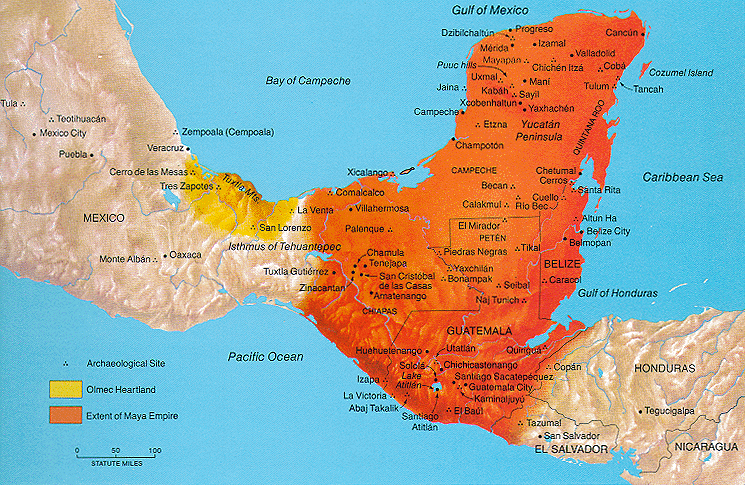

Persons use a strategy of ethnic identification that Juan Castillo Cocom refers to as "ethnoexodus"-meaning that ethnic self-identification as Maya is quite variable, situational, and articulated not to processes of producing group identity, but of escaping from discriminatory processes of sociocultural marginalization. Confusion of the term Maya/Mayan as an ethnic label occurs because Maya women who use traditional dress identify by the ethnic term mestiza and not Maya. Thus, to refer to Maya as Mayans would be similar to referring to Spanish people as Romantics because they speak a language belonging to the Romance language family. Maya is one language in the Mayan language family. This norm has often been misinterpreted to mean that the people are also called Yucatec Maya that term refers only to the language, and the correct name for the people is simply Maya (not Mayans).

Linguists refer to the Maya language as Yucatec or Yucatec Maya to distinguish it from other Mayan languages. Six katun after they were destroyed they ceased to be called Maya 11 Ahau was the name of the katun when the Maya men ceased to be called Maya were called Christians." In 8 Ahau their lands were destroyed and they were scattered throughout the peninsula. "Ahau was the katun when they founded the cah of Mayapan they were called Maya men. Oxlahun ahau u katunil u 13 he›cob cah mayapan: maya uinic u kabaob: uaxac ahau paxci u cabobi: ca uecchahi ti peten tulacal: uac katuni paxciob ca haui u maya-bulub ahau u kaba u katunil hauci u maya kabaob maya uinicob: christiano u kabaob The largest populations of contemporary Maya inhabit Guatemala, Belize, and the western portions of Honduras and El Salvador, as well as large segments of population within the Mexican states of Yucatán, Campeche, Quintana Roo, Tabasco, and Chiapas. Some are quite integrated into the majority hispanicized mestizo cultures of the nations in which they reside, while others continue a more traditional, culturally distinct life, often speaking one of the Mayan languages as a primary language. Guatemala, southern Mexico and the Yucatán Peninsula, Belize, El Salvador, and western Honduras have managed to maintain numerous remnants of their ancient cultural heritage. It is estimated that seven million Maya were living in this area at the start of the 21st century. There was no common sense of identity or political unity among the distinct populations, societies and ethnic groups because they each had their own particular traditions, cultures and historical identity. "Maya" is a modern collective term for the peoples of the region however, the term was not historically used by the indigenous populations themselves. Today they inhabit southern Mexico, Guatemala, Belize, El Salvador, and Honduras. The ancient Maya civilization was formed by members of this group, and today's Maya are generally descended from people who lived within that historical region. The Maya peoples ( / ˈ m aɪ ə/) are an ethnolinguistic group of indigenous peoples of Mesoamerica.


 0 kommentar(er)
0 kommentar(er)
